IIHS: Half of All Midsize SUV Headlights Rated Marginal to Poor, Blind Everyone

The Insurance Institute for Highway Safety has been systematically tearing apart every segment over inadequate headlights for the past year. In its most recent study, midsize SUVs took a beating, with only two models garnering a “good” rating for their illumination capabilities. The other 35 continued a trend of providing lackluster performance from a safety standpoint — especially non-luxury offerings.
Lousy headlights are something the IIHS seems hellbent on calling out, especially after years of avoiding any heavy scrutiny. This is the fourth segment the institute has evaluated since it began rating headlights in 2016. Its newly established headlight ratings have resulted in fewer cars being awarded an IIHS Top Safety Pick+, as headlights must rate in the “good” or “acceptable” range to even be considered.
For the IIHS’s 2017 model year study, the Hyundai Santa Fe and Volvo XC60 were the only two vehicles available with good-rated headlights among the 19 midsize SUVs and 18 luxury midsize SUVs evaluated.
“As a group, midsize SUV headlights perform slightly better than the other SUVs and pickups we evaluated last year, and that’s encouraging,” says IIHS Senior Research Engineer Matt Brumbelow. “Still, we continue to see headlights that compromise safety because they only provide a short view down the road at night.”
Mainstream midsize SUVs achieving an acceptable headlight safety score were few and far between. Only the Honda Pilot, Jeep Cherokee, Jeep Grand Cherokee, and Toyota Highlander were able to avoid an unacceptable score. The Dodge Durango, Ford Flex, GMC Acadia, Nissan Murano, Nissan Pathfinder, and 2018 Chevrolet Equinox all achieved a marginal rating.
Fairing poor was the Dodge Journey, Ford Edge, Ford Explorer, GMC Terrain, Hyundai Santa Fe Sport, Jeep Wrangler, Kia Sorento, and Toyota 4Runner.
In the luxury category, the Acura MDX and RDX, BMW X5, Buick Envision, Infiniti QX70, Lexus NX and RX, and Mercedes-Benz GLE all achieved an acceptable rating. Poor-rated vehicles included the Infiniti QX60, Lincoln MKC, and Lincoln MKX. The BMW X3, Cadillac XT5, Infiniti QX50, Lincoln MKT, Volvo XC90 and upcoming Audi Q5 were middle of the road.
The Nissan Pathfinder’s and Volvo XC90’s updated LEDs moved both models up from the poor category, but not enough to yield a top safety pick. One of the biggest problems facing all SUVs was an abundance of oncoming glare. The blinding risk was the chief reason the Hyundai Santa Fe Sport performed so poorly against the standard Santa Fe when equipped with HID projector headlights.
“Managing glare can be more challenging for taller vehicles like SUVs and pickups because their headlights are mounted higher than on cars,” Brumbelow says. “Better aim at the factory can minimize glare.”
The IIHS deems its headlight analysis extremely important, since so few consumers are able test drive a vehicle at night before making their purchase. Nighttime visibility is critical to highway safety, as roughly half of all traffic fatalities occur during dawn, dusk, or nighttime. Properly aimed beams are an essential aspect of achieving acceptable illumination, however, the IIHS does remove points for beams that pose a blinding risk to oncoming drivers.
Overall, it suggests that high-intensity discharge (HID) beams paired with projector lenses seem to be the most effective. Still, IIHS warns that the pairing doesn’t necessarily guarantee every vehicle using the setup will achieve a good rating. Well-positioned halogen or high-intensity bulbs can work just as well, depending on their orientation — making the testing of individual models all the more important.

A staunch consumer advocate tracking industry trends and regulation. Before joining TTAC, Matt spent a decade working for marketing and research firms based in NYC. Clients included several of the world’s largest automakers, global tire brands, and aftermarket part suppliers. Dissatisfied with the corporate world and resentful of having to wear suits everyday, he pivoted to writing about cars. Since then, that man has become an ardent supporter of the right-to-repair movement, been interviewed on the auto industry by national radio broadcasts, driven more rental cars than anyone ever should, participated in amateur rallying events, and received the requisite minimum training as sanctioned by the SCCA. Handy with a wrench, Matt grew up surrounded by Detroit auto workers and managed to get a pizza delivery job before he was legally eligible. He later found himself driving box trucks through Manhattan, guaranteeing future sympathy for actual truckers. He continues to conduct research pertaining to the automotive sector as an independent contractor and has since moved back to his native Michigan, closer to where the cars are born. A contrarian, Matt claims to prefer understeer — stating that front and all-wheel drive vehicles cater best to his driving style.
More by Matt Posky
Latest Car Reviews
Read moreLatest Product Reviews
Read moreRecent Comments
- MaintenanceCosts If only it had a hatch. The Model S is so much more practical, has similar performance in non-Plaid form, and is $20k more - and the $20k premium seems almost worth it just for the hatch.
- Lorenzo I'm not surprised. They needed to drop the "four-door coupe", or as I call it, the Dove soap bar shape, and put a formal flat roof over the rear seats, to call it a sedan. The Legacy hasn't had decent back seat headroom since the 1990s, except for the wagons. Nobody wants to drive with granny in the front passenger seat!
- Analoggrotto GM is probably reinventing it as their next electric.
- Vatchy What is the difference between a car dealer and a drug dealer? Not much - you can end up dead using what they sell you. The real difference is that one is legal and one is not.
- Theflyersfan Pros: Stick shift, turbo wagonExtra tires and wheelsBody is in decent shape (although picture shows a little rust)Interior is in decent shapeService records so can see if big $$$ is coming upCan handle brutal "roads" in Uganda, Rwanda, and Tanzania, although the spare wheels and tires will be needed. (See picture)Cons:Mileage is high Other Volvos on the site are going for less moneyAnyone's guess what an Ontario-driven in the winter vehicle looks like on the lift.Why wasn't the interior cleaned?Clear the stability control message please...Of course it needs to cross the border if it comes down here. She lowers the price a bit and this could be a diamond in the rough. It isn't brown and doesn't have a diesel, but this checks most TTAC wagon buyer boxes!




















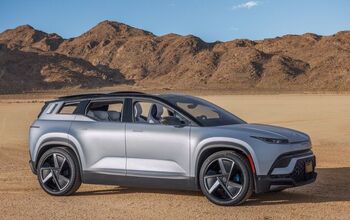
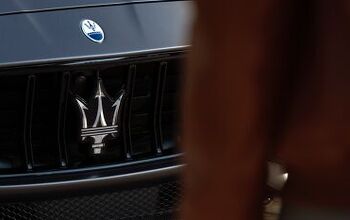
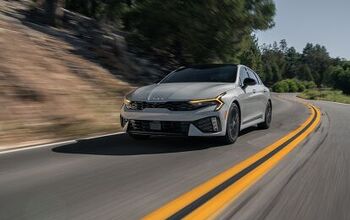
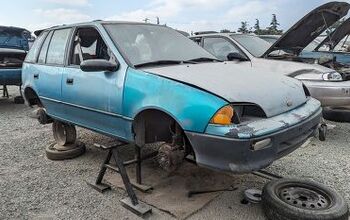
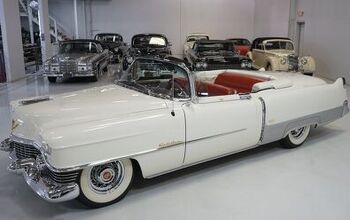
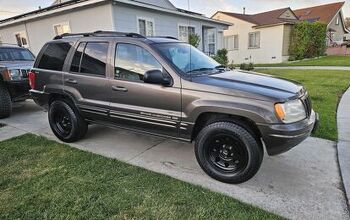

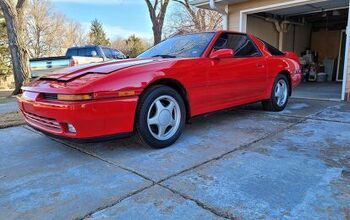
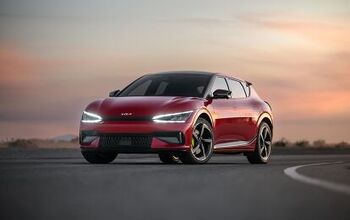


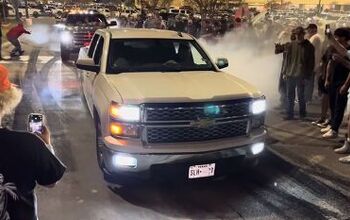
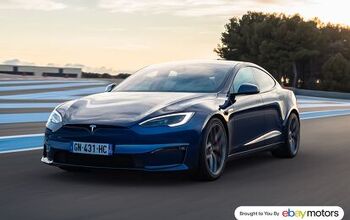
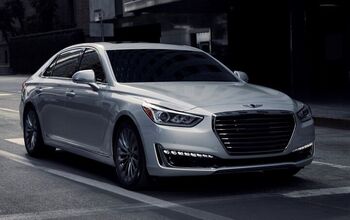
Comments
Join the conversation
Cars do not need brighter low beams. Period. Sealed beams were plenty bright enough for low beam (and I mean real sealed beams, not sealed halogen units). What has happened is a war of escalation - you can't see because there's too much glare? Obviously, the solution is to put brighter lights on the car! Now that everyone has brighter lights on the car, you still can't see because there's too much glare? Obviously, the solution is to put even brighter lights on the car! Now we can't see traffic lights, so let's make all of those brighter. Now there's too much glare to see, so the solution is... Obviously, the solution is to put even more super brighter headlights on the car! Can any of you who keep harping on how even today's lights need to be brighter, comprehend how the cycle described above might lead to unintended consequences, ie., nobody can see squat? I recommend you go out into the woods on a moonless night. Try, just try, to find your way using a flashlight. Then, turn the damn flashlight off, let your eyes adjust, and notice how much better you can see when everything is about the same level of brightness. When every car is using what are essentially airport landing lights, how the he!! do you think drivers will be able to see things like, oh, I don't know, pedestrians?
Maybe someone can enlighten me a little... I keep hearing that both BMW and Porsche (and maybe all euro cars) sold in the USA have de-tuned high beams. I hear that if I can find someone to load the euro software, my high beams will be significantly brighter? Apparently USDOT rules only allow a certain level of intensity? Why would euro rules allow more people to be blinded by high beams?